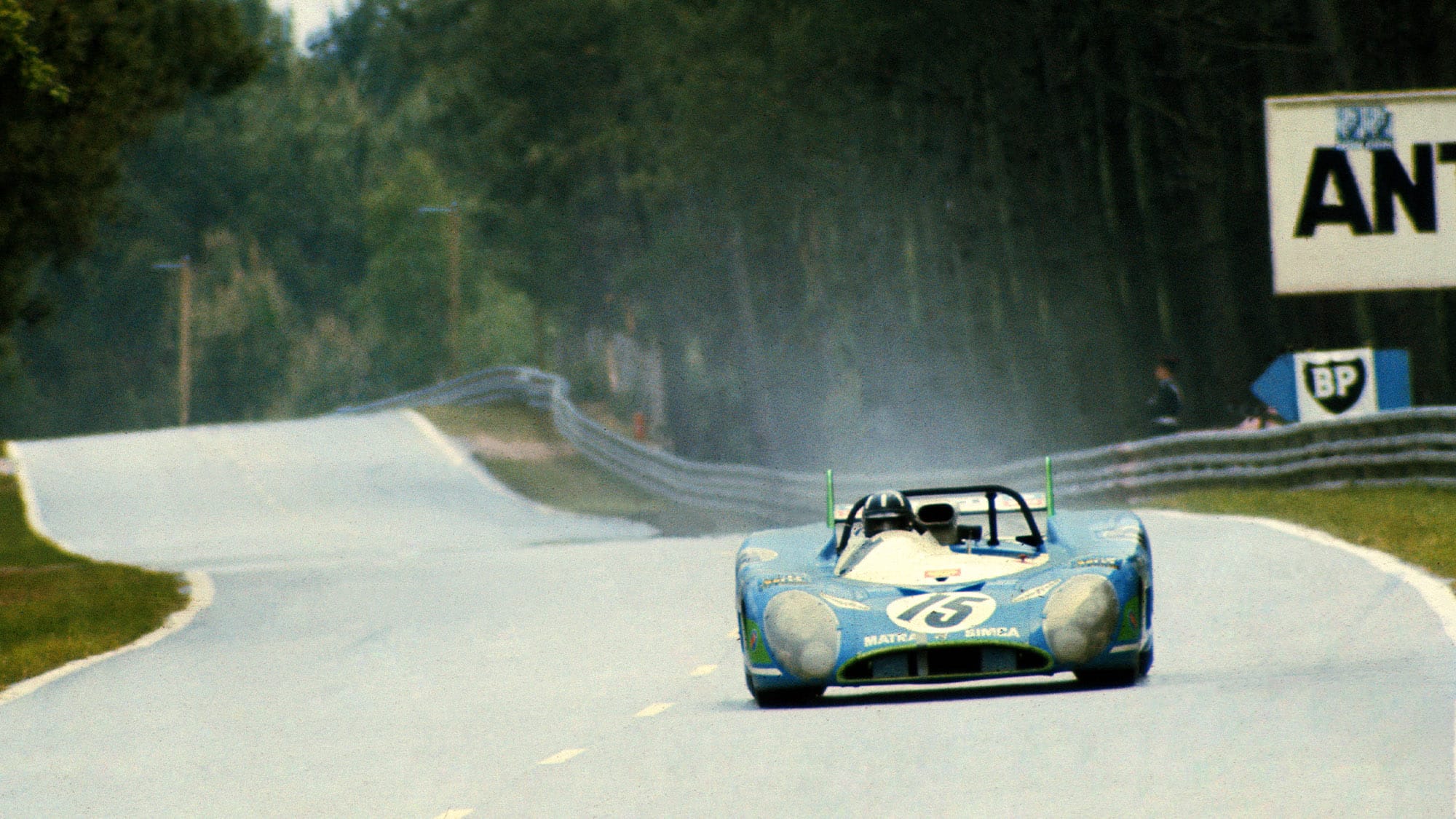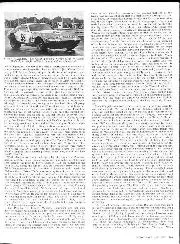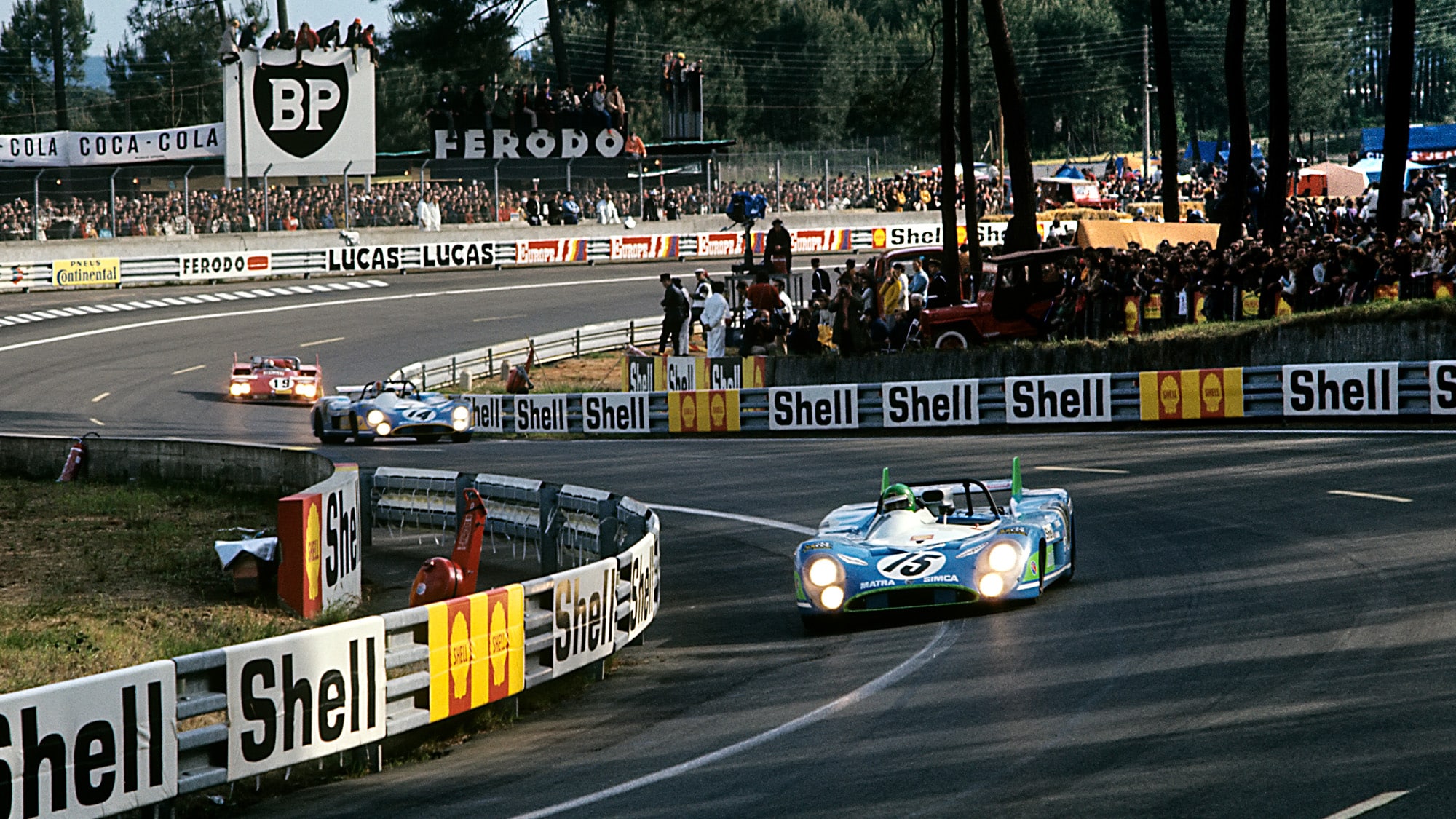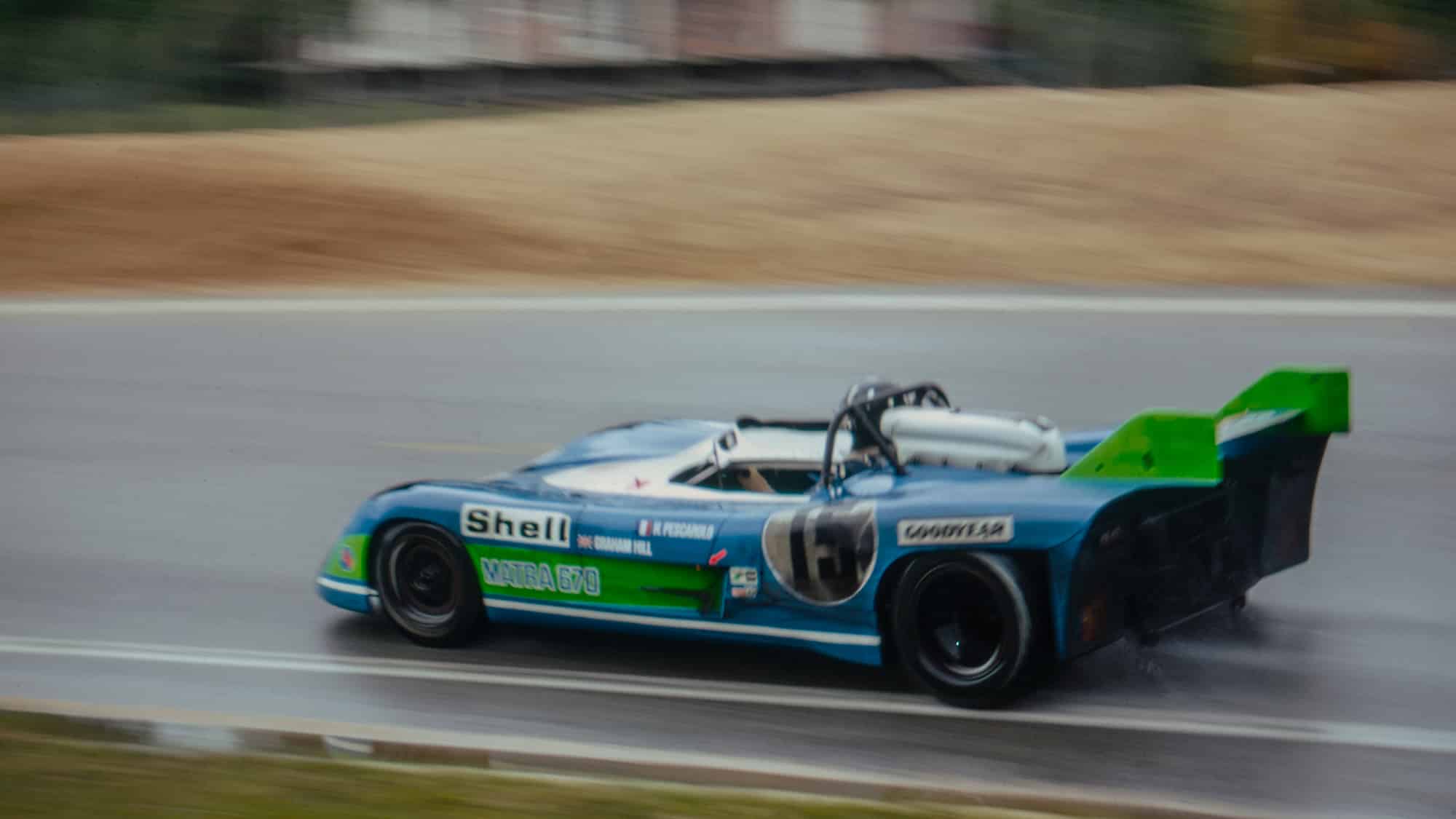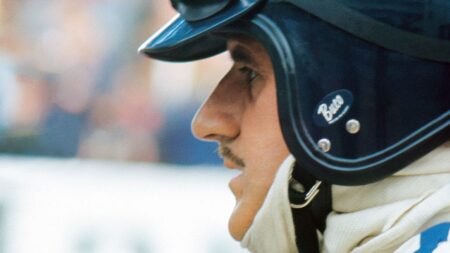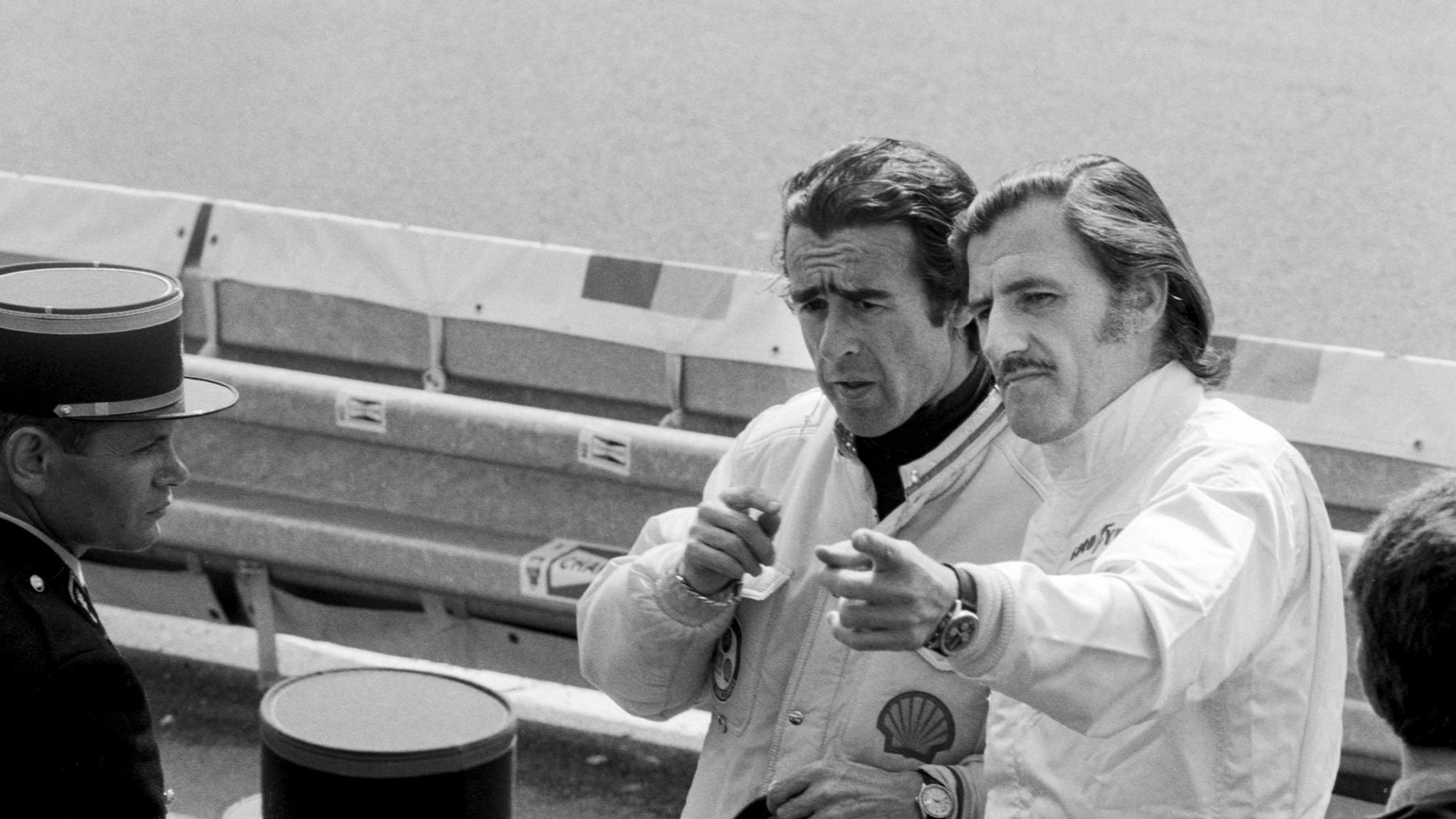“Two years later Jabby Crombac came to tell me that Matra wanted me to drive for them at Le Mans. I told him no. But in the end I agreed to do it. I saw it was the right team and the right car, and that there was a chance to win.”
But soon there was another sticking point.
“I was so surprised,” admits Pesca, “when they told me I would be driving with Graham Hill. At first I said, ‘No, I don’t want him.’ I was concerned about how he would cope with the conditions, the dangers. Le Mans is so different from F1. It’s a road race, the most dangerous race at that time. I said, ‘What if it’s raining in the night, or there’s fog in the morning, do you think he will be prepared to take risks?’”
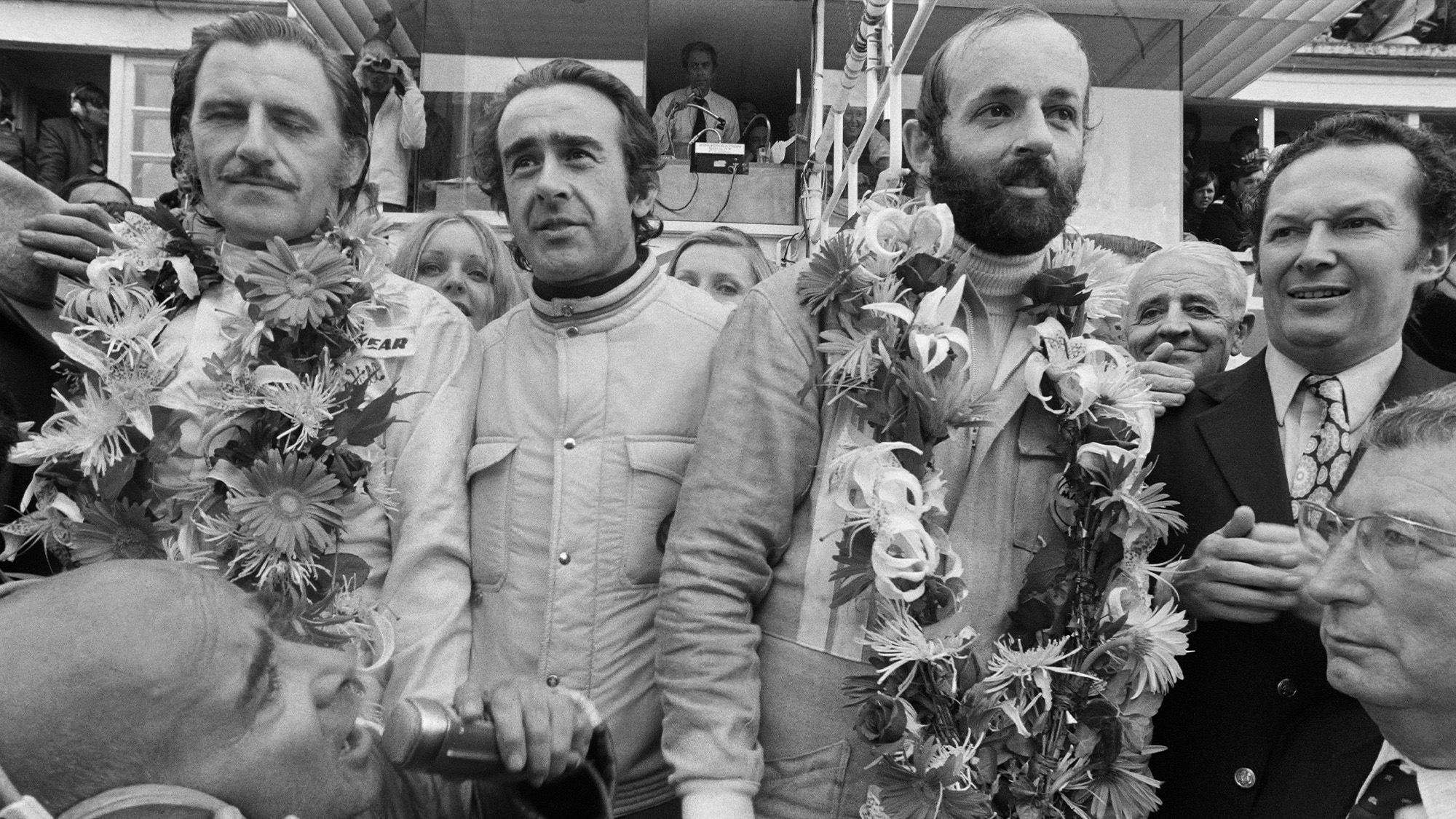
Hill and Pescarolo on the podium, either side of Matra director Jean-Luc Lagardère
Gabriel Duval/AFP via Getty Images
Pescarolo’s worries were understandable. Although Hill had plenty of experience of Le Mans – he numbered Stirling Moss, Richie Ginther and Jackie Stewart among his previous co-drivers there, and had finished second in 1964 alongside Jo Bonnier in Maranello Concessionaires’ Ferrari 330P – he hadn’t started this enduro event since 1966, and, at 43, his powers appeared to be waning.
“I was still a young driver,” says Pescarolo. “Graham Hill was a legend. I had never even spoken to him. That would have been impossible for me. But eventually I said, ‘Okay, I will drive with him.’
“And so he came to the team, became my team-mate – and in a very short time a real friend too. It was strange. It was as if it had always been like that. It was so easy from the first contact. He was such a fantastic guy. And he was bloody quick of course.” In all conditions, too. “When I looked at his lap times during the night, and in the rain, I thought, ‘Okay, I can sleep now.’ His speed in the night was one of the reasons we won.
“And we were good together as a team. That helped. We spent the week before the race together, staying in the same château, and it was a fantastic time for me.”
